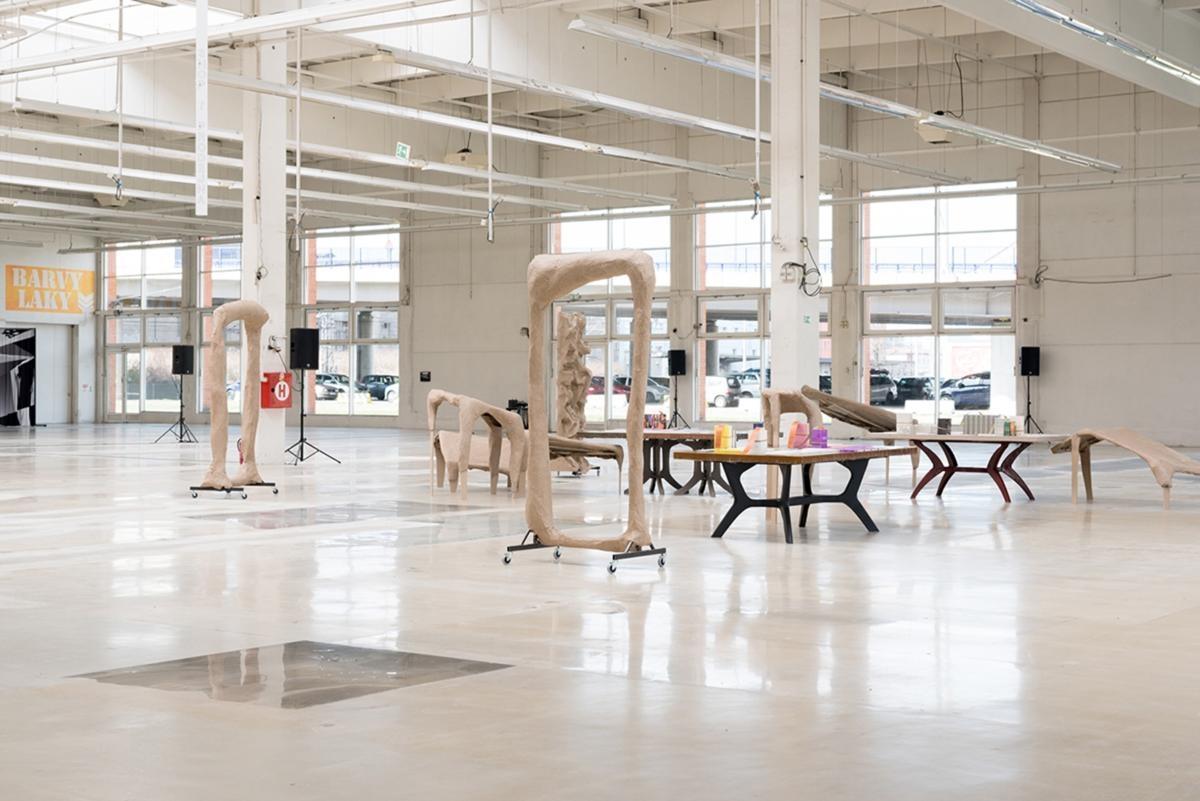
Anna Remešová: How did the current image of Gallery PLATO Ostrava follow up the project Office for Art and the earlier iteration of the gallery,, which was located in Dolní Vítkovice? What has changed thanks to the transition from an independent gallery to a city-funded organisation and how did it influence the program and the internal functioning of the institution?
Marek Pokorný (MP): The development of the institution as a whole is driven by situational logic. The state of the art scene and the institutional background for contemporary art in Ostrava is firstly determined by the size of the city, by its industrial history, which many big companies has had to deal with economically, socially and mentally in the last quarter of the century after the collapse of coal mining. The size of Ostrava is comparable with Brno or Katowice. However the way of living, expectations and cultural habits are significantly diversified and polarized. A part of the University in Ostrava is the faculty of art. There is a whole bunch of outstanding big names from the 80’s and 90’s, the history reaches up to the 60’s to Eduard Ovčáček or the International Symposium of Spatial Forms. After 1989, when the situation radically changed, the representatives of the art scene came up with a demand to establish an institution for contemporary art in the city with a rich artistic tradition. A city of our size usually has a city museum, a museum of art with a collection, which documents its art-historical development and some kind of institution which is constantly focusing on the presentation and mediation of contemporary art. People around Jiří Surůvka as well as the representatives of the younger generation criticised The House of Art, which was acting very conservatively from the 90’s until around 2005, as well as they were aware of the importance to supplement the infrastructure with an institution of contemporary art. The political authorities didn’t understand the fundamental importance of investment in cultural infrastructure for a long time which would help the transition of the city from heavy industry to some kind of new identity, as well as one of the elements supporting a halt to the outflow of young people. There was some chance there related to the candidature for the title of the Capital of Culture, but when Plzeň received it, this idea vanished again. Only first Jan Světlík put pressure on the city to make them issue a grant which would saturate the operation of the institution located in Dolní Vítkovice inside the gas-tank constructed from European funds. A big controversy burst around it, how to operate such an institution and why right there, which form it should have and what to do with it. First now, thanks to strong protests against a non-conceptual and problematic step, a space for voice outside the inner scene has been opened, for a view from outside which would evaluate the situation from a broader perspective. I was asked and I nodded because I was sure that the project of a city gallery which was the name for the grant, has a problematic development though, nevertheless it provides the opportunity to develop a long-term purpose and hopefully it can also realize it.
How did this situation develop into Gallery PLATO?
MP: We actually started as a purpose institution or a purpose grant which was supposed to ensure program content for art in a certain place sustainability within the invested European money. But this also opened the possibility for reflections on how to operate with art on an institutional basis in the context of Ostrava in the long run. We were functioning for three years based on a defined situation, which had been created without any concern towards the real needs of the art scene and contemporary art. For this period we were living from grant money, which was provided by the city.
When I started, I gave myself two basic tasks – the first one was to prove that such an institution in Ostrava is meaningful and so the program required some quality in order to attract the attention of the locals and the Czech context. The second task was to convince the city, which was the main donor, that an independent organization should arise from the grant project, which would be long-term financed by the city. As soon as the local council approved the intention of establishing the funded organization owned by the city, which provides basic long-term financing, we started talking of course about how and where we should operate. A decision was made in which the city would purchase the grounds, that used to belong to the company Bauhaus. Part of it is the former hobby market as well as the historic slaughterhouse, whereas both of the buildings are in a problematic condition. I managed to make a deal with the city to be temporarily located in the former hobby market with the vision of the final location of the institution being in the slaughterhouse. The Office for Art, which stood for the transition of a more or less standard space in the former gas-tank, had the task to reach the turnover of the institution to contemporary art and contemporary curatorial practice, to show their more radical position and this way to create the ground for the way how we will work in the hobby market.
What about the team behind the gallery?
MP: Next to me there is a full-time employee, Jakub Adamec, at PLATO, who is not only a curator but also a dramaturgist of the program for the public. Instead of creating an art board which has usually a formal function, I chose a team of so called associated curators, who have a contract for work with us and so they share a part of their responsibility for the overall program and image of the institution and at the same time they realize their own projects. I addressed Linda and Daniela Dostálková and Michal Novotný, with whom we started thinking about how we will act in the new situation.


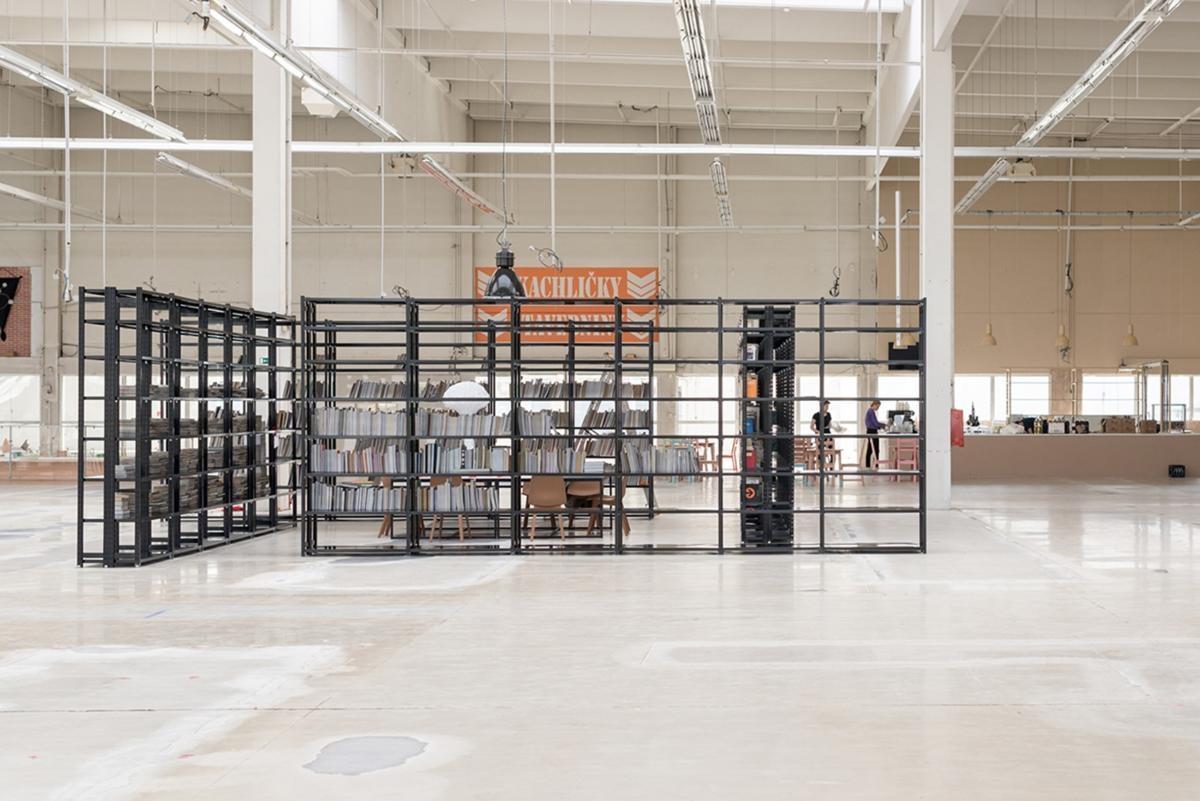
When it comes to legal and internal organisational structures, what does the change of your status mean? For example, are there tighter limitations? Do you have to act differently as a city-funded organization?
MP: I don’t think so. Every situation has its rules that we need to respect. It’s more about where we can go within their frame, if the projects and exhibitions required it. In this context I’m talking mostly about institutional imagination because the first priority goes to content, for which realization we need to find appropriate tools within the given regulations. The most important is, of course, how we as an institution approach our partners from artists to representatives of the founder. We have a big advantage that we are still in a provisional state and the city authorities don’t expect the type of exhibitions and program usually associated with an art institution that is expected in our environment. Some limits exist, but if I look at how the funded organizations work in the Czech Republic and how they are created and to what are similar institutions limited for example in France, our organisational flexibility is endlessly bigger. Of course, just in case the organization isn’t drastically underfunded. Different types of organizations, that we only dream about in the Czech Republic, have different limits for work given by different types of boards, either its members are people who have their own strong artistic opinion or they are from the private sector. Collectors or administrators of institutions force you to perform certain kinds of activities and dealing with them is not easy. I don’t think the way how we can operate is a limitation, the limitation is the ability of people to do the maximum of everything within the given form. We are of course overwhelmed by the excessive administration, but the grant from the city which is more free in some ways doesn’t enable a long-term strategy.
Michal Novotný talked at a lecture about the exhibition “Preparatory portrait of a Young girl” that a trend lately has been the site-specific character rather than the clean space of the white cube. How does the local environment e influence the planning of the reconstruction and of the program?
Linda Dostálková (LD): The local specificity influences PLATO significantly, Preparatory Portrait of a Young girl was an initiation exhibition, the first one within the Office for Art. Our original assumption for a collaboration with an institution was influenced by our former experiences and activities, which had rather an academic character when I look back at it. We were always thinking trans-disciplinary, and this is also how our long-term project called Institutional homeopathy was created. It deals with how institutions work and what kind of influence it has on creating and the following presentation of the artwork. At that time Marek invited us to collaborate, it was in 2015 I think. Back then we were thinking about defining a ”manual” of the functioning of the hobby market Bauhaus, but thanks to our experience at the exhibition Preparatory portrait we realized, that the fundamental concept must be adapted not only to the place but also to the team and many other variable factors, that you can hardly deduct from a distance. In general, it is important to mention, that in the end we like the certain unpredictability of situations connected to the flow in the whole development described by Marek, even though it seems like there are already given connotations to the Office, Bauhaus and the slaughterhouse beforehand. This is a very natural thing, although I don’t want to say that there is no space for strategy.
We strive to build an institution for contemporary art, while realizing that contemporary art has a thousand and one forms and the same number of possibilities as to define it through the institution.
MP: You can carry out a long-term project of an institution through a series of decisions, not only based on clearly defined goals with elaborate phases and steps. However only if you have a notion about what the manager’s risks are and in what it is possible to rely on the contemporary artistic or curatorial practice which is related to a reflection of the institutional context. I make strategic decisions, it is my responsibility and risk. But to make a decision in a situation when the spatial background changes which significantly determines the content and form of the projects, I needed more voices, which would enable me to make a good decision in a concrete situation. We strive to build an institution for contemporary art, while realizing that contemporary art has a thousand and one forms and the same number of possibilities as to define it through the institution. My main theme is building an institution that does not build on a pattern, but based on strategic decisions in specific situations, whether spatial, personal or content. There has been a unique chance in Ostrava to work with alternatives to the standard model when you are thinking about content separately from the way you reach it. All we have to remember is that these strategic decisions play out over 10 to 20 years. If you have a long, fixed, standardized situation, you can only simulate the alternative approach while we are still experiencing it live. Individual projects and exhibitions are built on this basic basis. Maybe I would not talk about site-specificity, but about situational institutional logic as a prerequisite for individual projects.
Daniela Dostálková (DD): In the beginning, we did not even want to make exhibitions, the Office for Art should have been working on how Bauhaus and the slaughterhouse would look like over the next horizon. Finally, we naturally took the format of the show as our own. We were working with them as some schemes that suggested what the public could expect in the future from the PLATO Gallery team. And I think that in the Preparatory portrait and in other exhibitions we succeeded: we managed to create together something that a viewer or a young artist can desire. In the case of the Office, and finally, now in Bauhaus, you can not avoid working with archaeology, it makes no sense to subdue space into the form of a white cube.
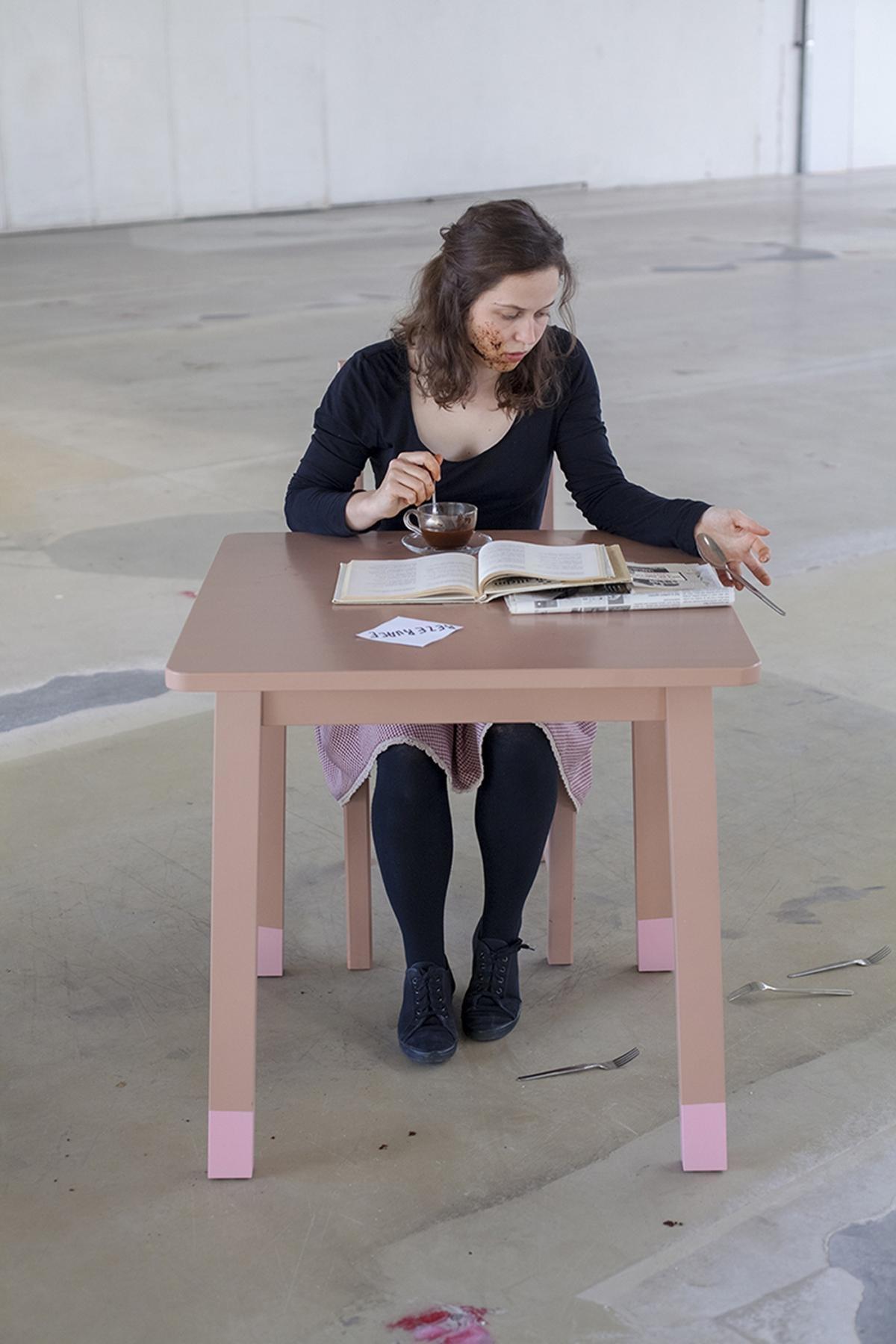
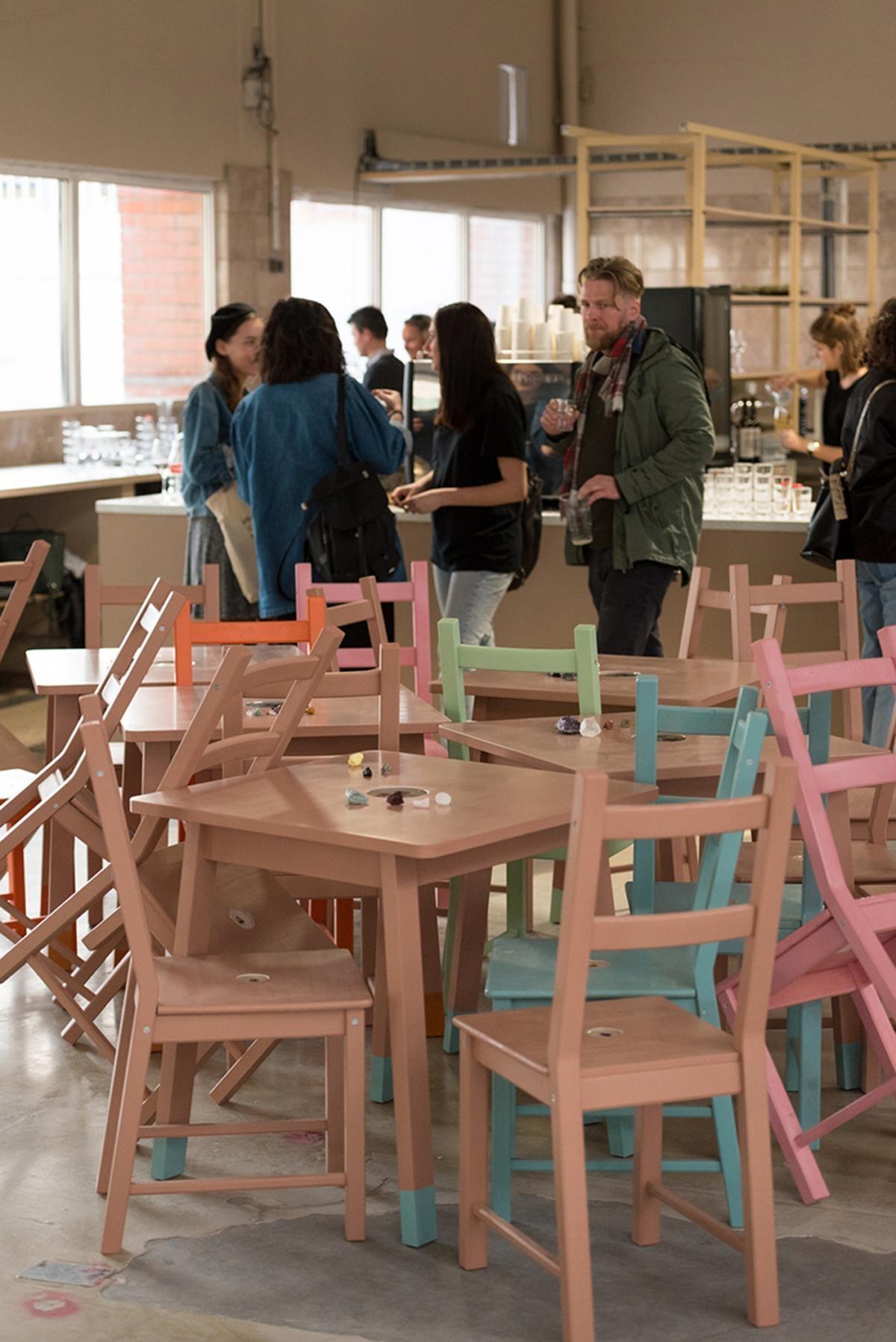
Is it possible to summarize or define a meta-narrative or wider topic that you have set? Do you discuss common themes in your team, or is your broad theme the contemporary art blended by contemporary theatre, film, music, literature, politics?
LD: Our common narrative is the search for adequate formats of contemporary art presentation and understanding of its forms, nature and intentions – all in the specific conditions of the place where we operate. This year, we decided to carry out a series of exhibitions hidden under the name Temporary Structures (1-4), which will be gradually opened. Elements to be functional in their essence define the background of the institution – such as a bookstore or café – and are built in the form of exhibitions in collaboration with artists. This is the meta-narrative, which is the program for this year.
MP: What matters to us is, above all, is the question of how institutions of contemporary art can and should work in a specific local context. Responses arise situationally and based on the decisions and interests of the individual people who make up the institution. Behind this there are theoretical considerations, based on institutional critique and new institutionalism. We do not have to submit to known formats, but we can use them to framing or mediating artistic and curatorial practice very freely. I have no coherent theoretical answer to the question why we do it the way we do it, but our actions presuppose knowledge of the basic texts and practices of analogical institutions in the world. Thus the meta-narrative is institutional and concrete through individual exhibitions, program cycles, artistic interventions or events. However, relations between the specific people who are de facto creating the institution are constitutive. It is not a subjective plane, but a rule of action and application of the skills of specific people. The institution and its program arises not only through strategic decisions, but also from within, to a certain extent it is defined by just how people behave to each other.
What you are talking about is often present in thinking about institutions within the contemporary art scene. Institutions turn inside and look at aspects of care inside and out. Do you observe any theoretical motives of feminist arts institutions?
DD: I think we are a feminist institution, at least we are trying to do so, but we do not want such an attitude in our statutes because we see it as a matter of course. We can discuss how much we are succeeding in it, but I feel that we have these questions constantly in mind, whether in our curatorial or artistic practice.
What matters to us is, above all, is the question of how institutions of contemporary art can and should work in a specific local context.
MP: We have a different position than smaller, non-profit spaces that, for almost identifying reasons, declare a certain type of practice and discourse they are dealing with. We are largely based on the theoretical background of the people who form the institution. Therefore, we do not declare our behaviour in advance, but we rather evaluate the situations in which we act according to what we consider to be correct.
And what is your geographical reach for your program? Are you targeting a region, a local urban scene or an even wider audience?
LD: The local scene is of interest to us, it is important to us, but when we are preparing the exhibition concept, we work with a general representation of the audience. Often we mention the fact that the exhibitions that we realize with my sister have intentional layering that allows their grasping, both conceptual and sensual. The last exhibition Heroic vs. Holistic , which we have been curating within the Office of Art, dealt with ecofeminism and related topics. We have been criticized for not specifically addressing the local pollution of the environment. Similarly, last year, other exhibitions, such as Transitory Calls or Fiesta Club , functioned in the same way, not only by the work of international artists, but also by “local” phenomena. We consider it important to open areas that are adequate not only to the local audience.
MP: Of course, we realize that we play the dominant role on the local scene, simply because we have the most money and the biggest space. This implies a certain type of responsibility and an attempt not to abuse this dominance. This does not mean that we will not do things we consider important, but we must know that we are bringing them into a context that does not have other ways and instruments against us to build a similarly strong thesis. How can we deal with this situation in the long term, I can not say yet.
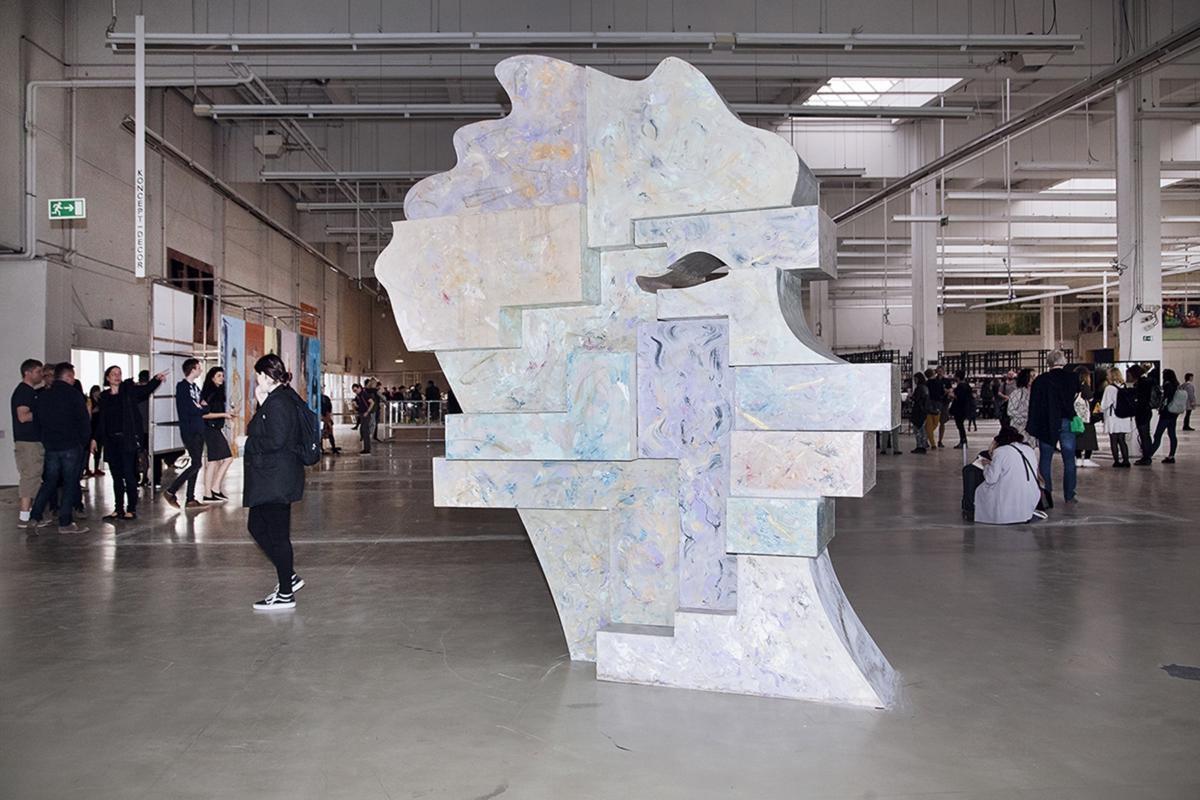
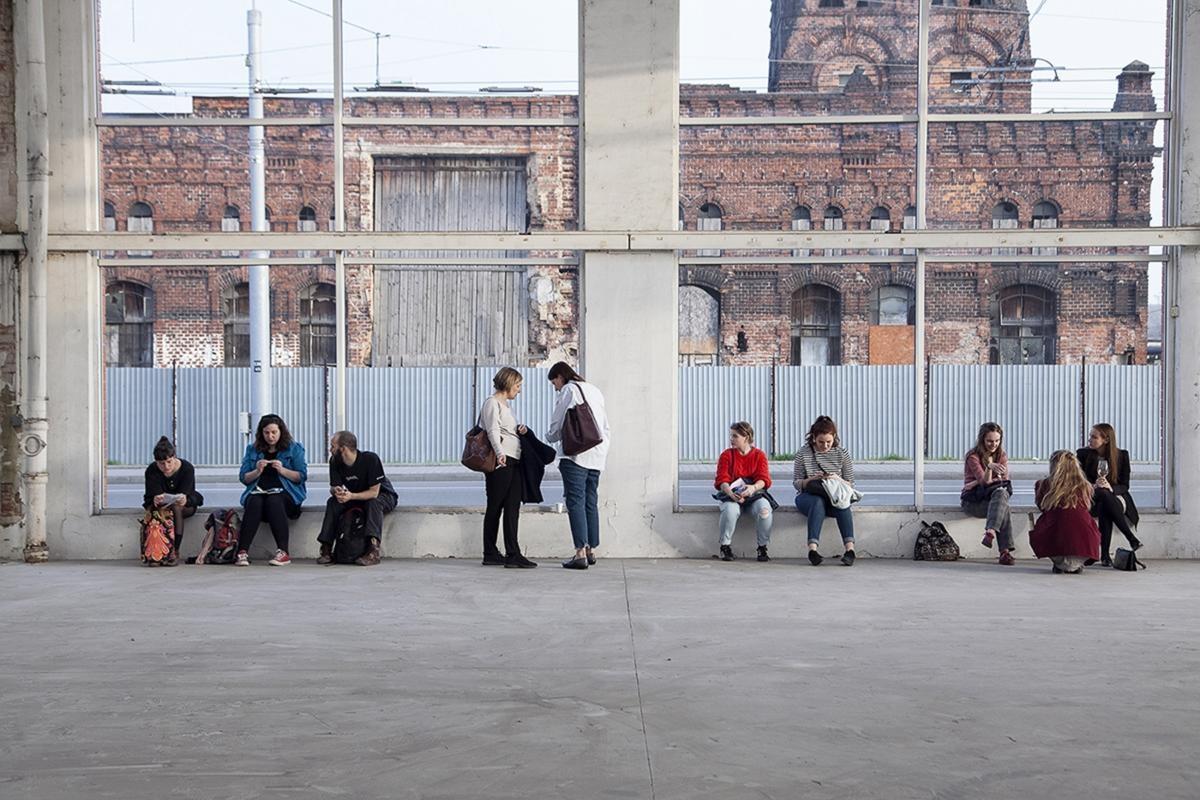
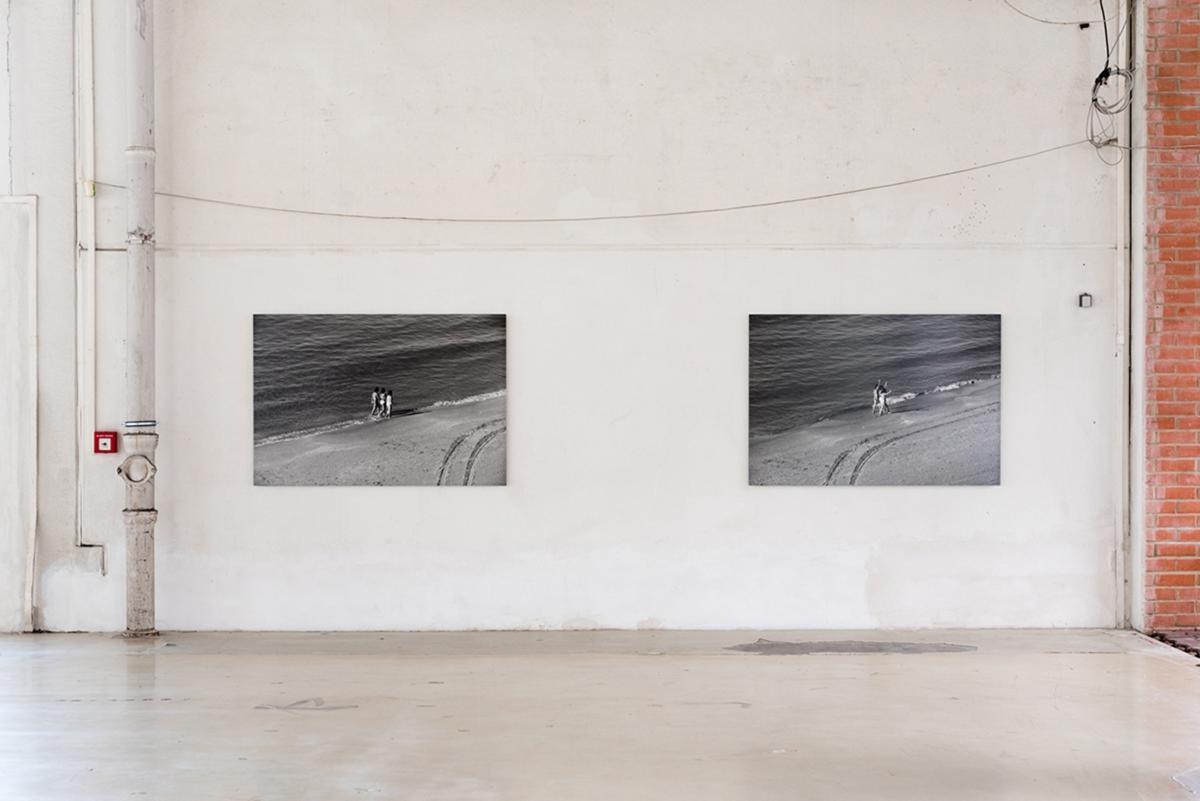
Regarding the program scheduled for this year, it caught my eye that you switched from “temporary depository” that ran in the gallery in 2017 to “temporary structures.” Can you explain what you have been planning and how you define temporary structures??
LD: “Temporality” for us symbolizes the fact that contemporary art is not static. The curators of Temporary Depositories in the Office for Art were Jakub Adamec together with Mark Pokorny, opening up the question of conjunction of individual arts disciplines.
Temporary structures, on the contrary, cover the gradual build-up of the PLATO infrastructure in Bauhaus, which now consists of a shop, a library, a bistro and so-called decor. In May we plan to open the garden and exposition structure. We conceptually solve each zone at the same time as an exhibition, such as a shop / bookshop, that I curate along with Daniela. The exhibition is named Dynasty and includes a series of works by Julie Gryboś & Barbora Zentková, Johana Pošová, Milan Houser and a series of books by more than dozens of foreign publishers in particular. The library Mutual Saving that allow the interaction between texts, books, images, themes and users – containing a number of unique volumes, especially about contemporary art – was curated by Marek Pokorný and designed by artist Jan Šerých. Bistro PLATO Café, inspired by the Chinese Zodiac, was prepared by Jakub Adamec with Polish artist and performer Dominica Olszowa.
I think this is quite a specific approach, which allows us, together with artists, to lead a dialogue on a topic that we all consider to be fundamental, ie artistic work versus display, or art versus design. We would then like to issue a reader, a kind of reader, which will allow us to evaluate our joint activity on Temporary Structures retrospectively.
We considered many models of collections and asked how they worked. An example that seemed to be the way we think is the collection Salvage Art Institute, which was founded by the Polish artist Elka Krajewska in Chicago. She has gained works that can not be restored, called them no-longer-art and exhibits them in a damaged state. We were interested in such hybridity.
MP: The decision to create Temporary Structures was based on how this institution usually works and what is expected of it. We came out of the list of standard features that we are used to as users, and because we do not have any of it in the former hobby market, we want to create them gradually.
Apart from these zones, will there also be other temporary exhibitions in the area?
MP: The zones we have just described make up the gallery environment. They are actually exhibitions that are the theme of this year. Free works of art enter the area, but it will not be a classic curated exhibition. Let’s say it is a pragmatic, very practical calculation, about some decoration of the space and a helpful step towards visitors outside the artistic scene. This will be done by the presentation of the Magnus Art collection, which consists of the work of the winners of the Jindřich Chalupecký Prize, as well as the selection of works of art from the city’s archive or an assortment of works of art from the collection of Deutsche Telekom.
DD: We perceive it as a case study on how to work with collections. Marek has chosen the name “decor”, which can be perceived very ambivalently. But we are particularly interested in what will happen when, in addition to exhibitions / zones, the collection activity will enter into the space. In this context, I use the term styling, which most of the artists do not like to hear.
MP: Deliberately these are pieces of work that came to us in a way we could not influence. Which allows us to stand up to them as a depositary that we have at our disposal, without forcing us rebuild it as a powerful story.
In this case, however, a public institution lends visibility to a private collection, so it plays a role. I see a certain contradiction between when I take a self-reflective attitude towards an institution, but then I treat a private collection in this way. Is the concept behind the decor or styling a particular effort to weaken the position of a private subject?
MP: It is ambivalent, of course, and will always be. This is also a game where a laborious and dignified collection begins to be used against the spirit of investment or branding. Take it dialectically.
DD: I am rather interested in fighting the boundaries between these two sectors. We explore different ways of working with a public institution. Personally, when I am offered the opportunity to exhibit, I do not think too much about whether it is a private or a public institution, but about what qualities it has and how it contextualizes what I do.
MP: I have been criticizing the Czech art scene in the long run for the way in which market and private activities penetrate the public sector and the field of contemporary art. Because I’m aware of these risks, I can take a relatively free and ironic attitude. If I do not meet these private interests directly or I do not comply with them, then I think it’s okay. Apart from the fact that this is a private collection, it is also about individual works of art that expel the way of their “exposure” from context and can be seen as scattered individualities. Since Bruno Latour came out in Czech, everyone is talking about hybrids. So here’s the hybrid practice here…
DD: We considered many models of collections and asked how they worked. An example that seemed to be the way we think is the collection Salvage Art Institute, which was founded by the Polish artist Elka Krajewska in Chicago. She has gained works that can not be restored, called them no-longer-art and exhibits them in a damaged state. We were interested in such hybridity. At the same time, we do not want to create a gap between support from the private and public spheres. We find it problematic when the private sector is demonized.
MP: I am more restrained in this and I see it as a great danger, which is mainly because public institutions generally have a weaker position than private institutions. And museums and galleries often do not think about the consequences of their decisions. I’m aware of the risks, so I can think of some strategies that are on the edge of what I would not do in another context. In our case, this situation is very specific and it is possible to open this game again. The owner of the collection has supported us in recent years and I do not see the problem in using the Magnus Art collection as a decorative element for the former hobby market. On the other hand, a part of the artistic scene is very critical to similar relationships, which I understand well, because examples of where public institutions are explicitly conformed to the interests of private subjects are known to be numerous. But I have the feeling that criticism does not pay due attention in these cases
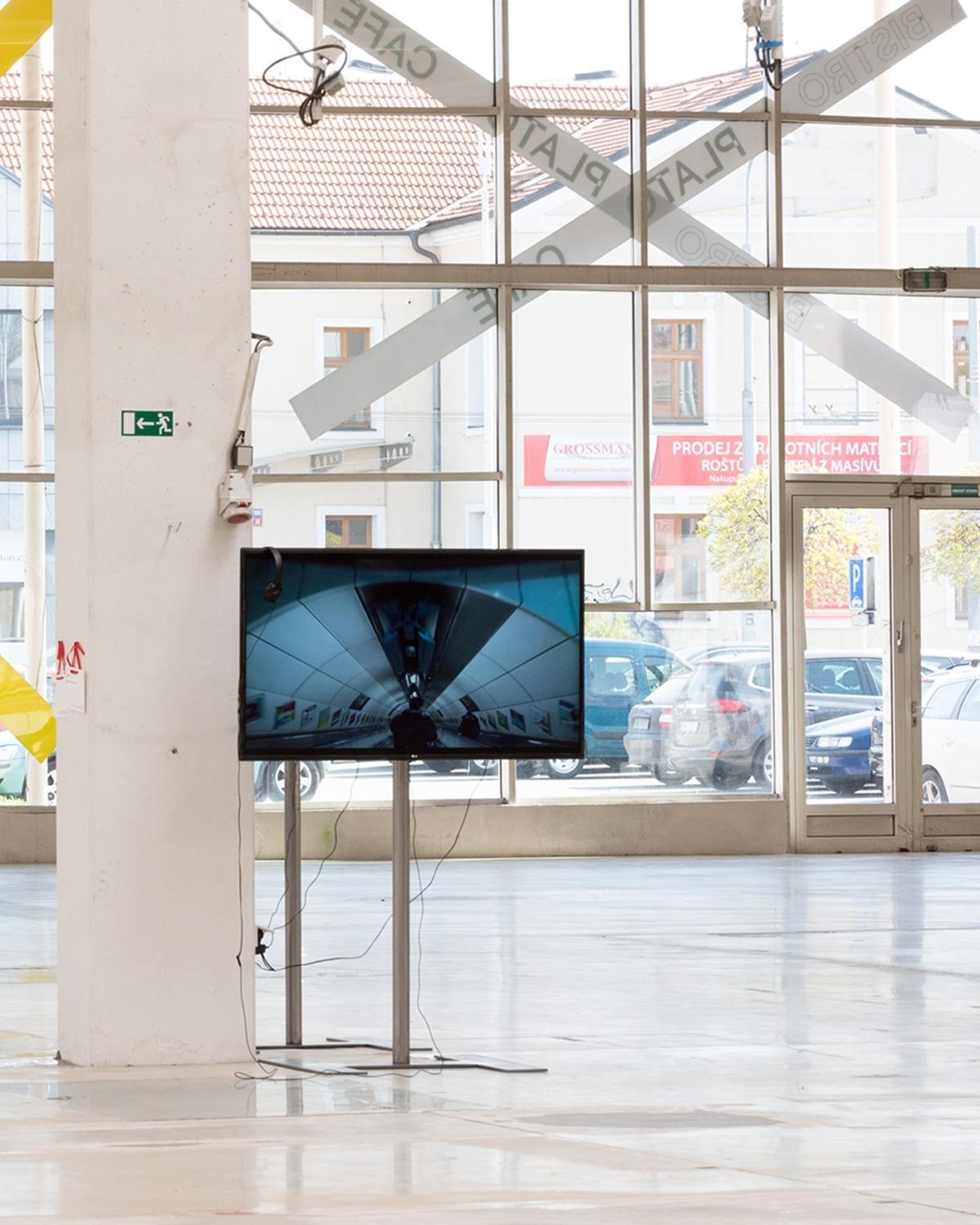
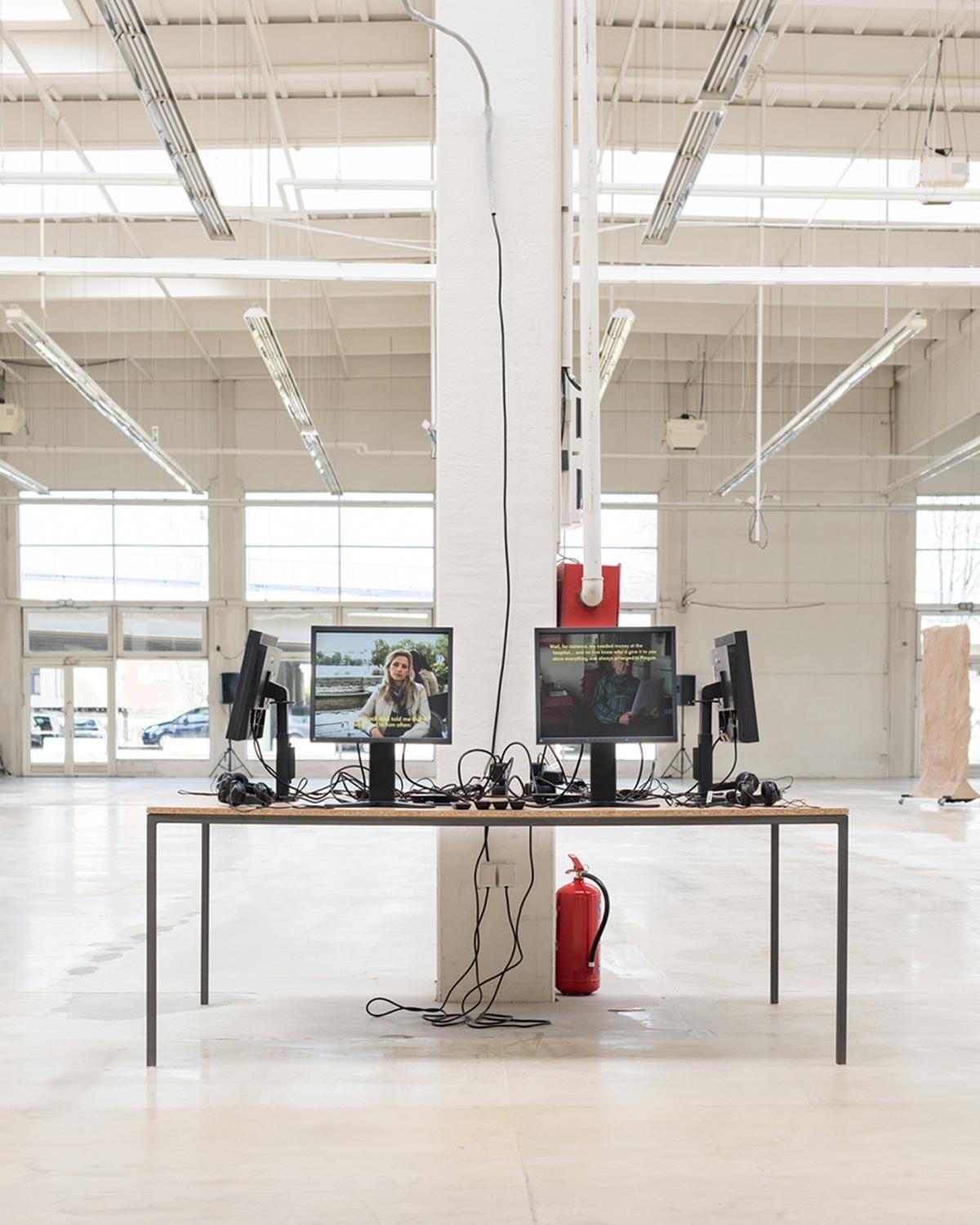
Marek Pokorný is an art critic, curator, and since 2013 the artistic manager of the Gallery of the City of Ostrava PLATO (now PLATO Ostrava). He served as artistic Director of the Moravian Gallery in Brno (2004-2012) and was one of the candidates for the post of director of the National Gallery in Prague. He published a number of professional articles, in 1995 founded Detail, a magazine for fine arts, which was the first magazine dedicated to contemporary after revolution scene. He is the author of a number of exhibitions on contemporary and recent Czech art. In 2006 he was the curator of the Czech-Slovak pavilion at the Venice Biennale (S. Filko, B. Ondrejka, J. Mančuska).
Sisters Daniela and Linda Dostálková work as an artistic duo. Since 2016, they have jointly operated the Institutional Homeopathy , a hybrid social and artistic agency. Through it, they provide service primarily to cultural institutions, but also to individuals. Linda Dostálková is working as a graphic designer, and Daniela as a photographer, both of whom figure on the art scene as curators.
The text was created with the financial support of the Institute of Art – Theatre Institute, which we thank.
Imprint
| Index | Anna Remesova |
